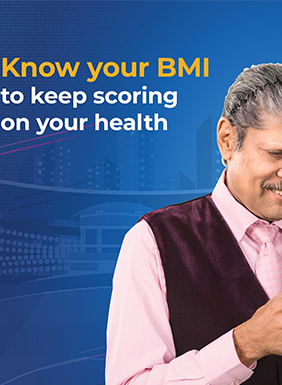
WHAT IS DIABETES?
Out of those 537 million people, 45% of people living with diabetes are undiagnosed.1 So, what is diabetes?
In short, diabetes is a chronic disease occurring when the pancreas fails to make insulin or the body cannot use the insulin it produced. As a result, glucose levels in the bloodstream become too high and the body becomes susceptible to developing serious health problems.1












